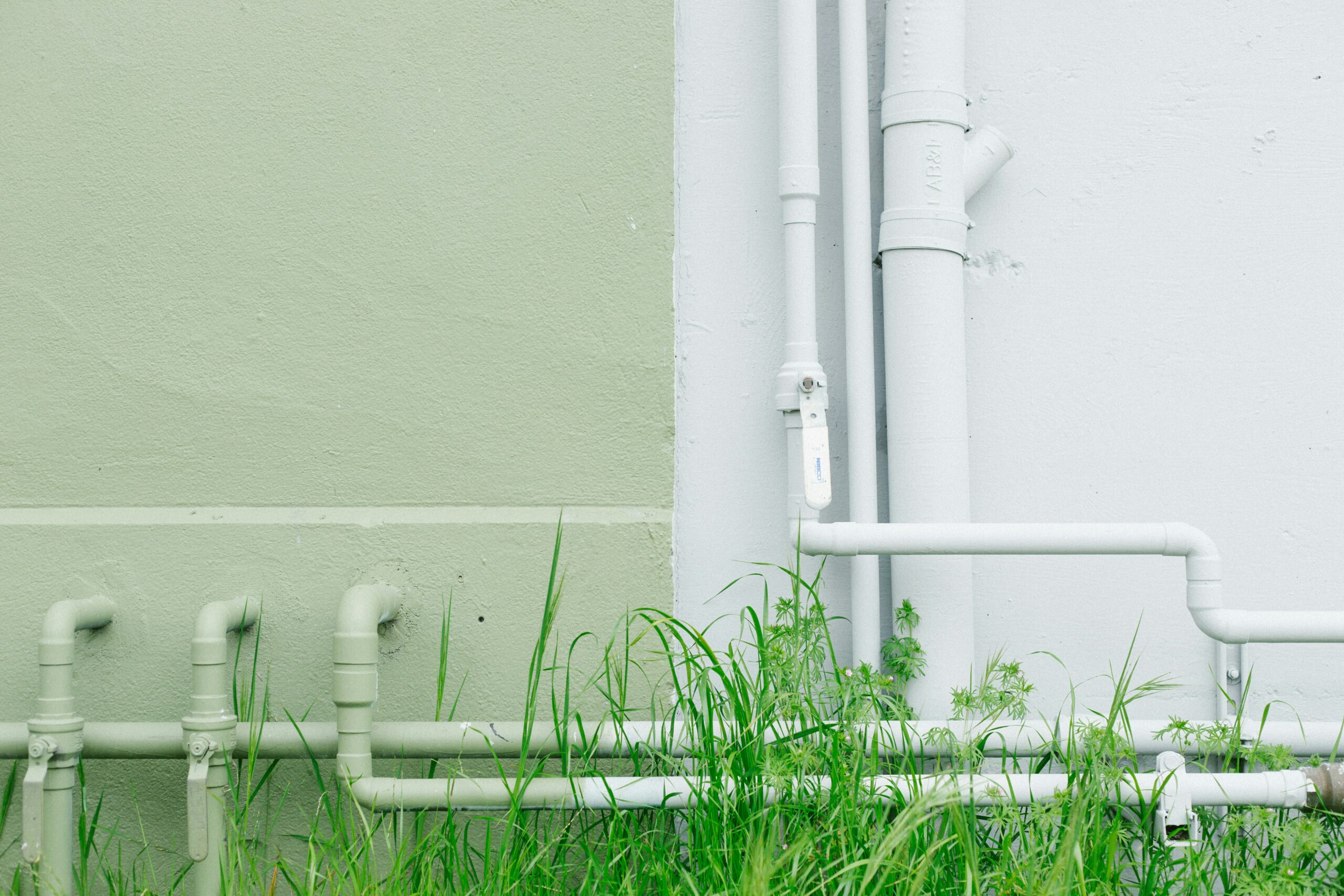Unraveling the underlying issue of tree root infiltration within plumbing systems is crucial to preserving the integrity of your property and ensuring smooth wastewater flow. As trees seek out moisture and nutrients, their roots often find their way into sewer lines, leading to blockages and potential hazards within your home. Read on for a more comprehensive understanding of this issue and to explore viable solutions.

Eliminate the Source
A large tree’s roots are always seeking moisture and nutrients to fuel their growth. When a tree’s root system finds its way into your sewer line, it can cause blockages and impede the flow of wastewater. As a result, sewage may back up into sinks and toilets, creating a health hazard for you and your family.
A foul odor that wafts from drains or around your home’s plumbing fixtures can also indicate the presence of a clogged sewer line. If the odor is accompanied by gurgling noises, this could be a sign that air pockets have formed within your pipes and are impeding water flow.
The most common entry point for tree roots into sewer lines is where the lateral connection point (where city/town sewer lines meet your home’s piping) meets with a cleanout or T-fitting. As a result, it’s important to keep trees and shrubbery away from these entry points.
If you’re unsure whether a problem with your pipes is due to root infiltration, consider scheduling a video inspection with a plumbing professional. A plumber in Kilmore will insert a camera into your drains and sewer pipes to see what’s going on inside. If the footage indicates that your sewer line is being compromised by tree roots, a professional can install a root barrier to prevent further infiltration.
Install a Root Barrier
Large trees add aesthetic value to properties and provide shade, lower energy bills, and help prevent soil erosion. However, their extensive root systems can damage pipes and cause costly plumbing problems if they enter the sewer line. This stealthy intrusion creates blockages, water flow issues, and even sewage backups. It is essential to seek professional help to resolve the issue before it escalates and causes serious property damage, including flooding and rot.
Tree roots are drawn to moisture, and sewer lines are a perfect environment as they are warm, oxygenated, and nutrient-rich. A slight breach in the line can lure them inside, where they grow and expand, exerting pressure on the pipe walls and causing them to burst.
Installing a physical barrier can deter tree roots from entering the line. The simplest types are pre-manufactured barriers made of heavy-duty polypropylene, between forty and sixty mil thick. These are installed by digging a trench around the drip edge of the tree, and then laying the barrier across the ground. The barrier is then secured to the ground using root barrier tape. It is important that the installation of these barriers follows manufacturer instructions and that the installer is qualified.
Chemical root barriers are also available and contain herbicides that kill roots that come in contact with them. They are applied as liquid or granules and can be used in linear or surrounding fashion, but they must be applied very closely to the roots and buried at a depth that will stop them from growing into the line.
Schedule a Sewer Line Inspection
A properly functioning sewer line is essential to the health and functionality of your plumbing system. However, a poorly maintained sewer line is vulnerable to damage from tree roots, which are notorious for infiltrating pipes and contributing to clogs, sewage backups, and expensive repair bills.
One of the best ways to prevent this from happening is to regularly schedule a professional sewer line inspection. By having a skilled plumber Wallan insert a camera into your sewer lines, you can see how the line is doing and identify any potential issues before they become a serious problem.
In addition to performing a camera inspection, a reputable plumber can also perform trenchless sewer line repairs that eliminate root intrusions and restore the integrity of your pipe system. This minimally invasive technique involves placing an epoxy resin-coated flexible liner inside your old, damaged sewer pipes, which creates a new, seamless pipe that seals any cracks or crevices and deters future infiltration by tree roots.
In order to prevent the infiltration of tree roots into your sewer and drain lines, you should strategically plant trees far away from your property’s piping. In addition, you should install physical barriers and bury them so that they are six inches to a foot deeper than the pipe’s surface. You should also use growth inhibitors like copper sulfate to keep roots at bay.
Hydro Jetting
If tree roots have damaged your sewer line, a professional plumber will recommend hydrojetting as an effective treatment. This process uses a powerful stream of water to remove blockages, flush debris, and break up tree roots. To perform this procedure, a plumber will first insert a drain camera into your plumbing system to locate the source of the problem and determine whether or not your pipes can handle this intense treatment.
Using a camera also allows the plumber to ensure that the water supply valve is shut off effectively, preventing the re-entry of waste and contamination into your home. After locating the problematic area, the plumber will activate the nozzle and point it at the affected pipe. The high-pressure water flow breaks apart and dislodges the root, restoring normal water flow through the pipe.
In some cases, if the damage to your sewer lines is severe, the plumber may suggest pipe replacement. This more extensive solution involves removing the damaged section of the pipe and replacing it with new piping, ensuring that future infiltration is prevented.
The infiltration of invasive tree roots poses a widespread challenge, often resulting in obstructed sewer lines and the necessity for costly repairs. However, by implementing these insightful strategies, you can proactively mitigate the risk of such disruptions, safeguarding both your property’s structural integrity and its overall value.








